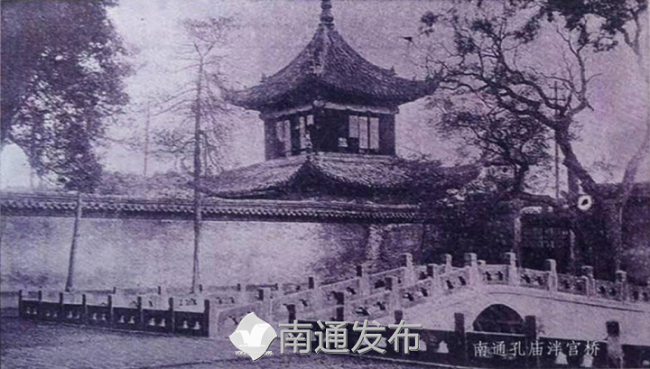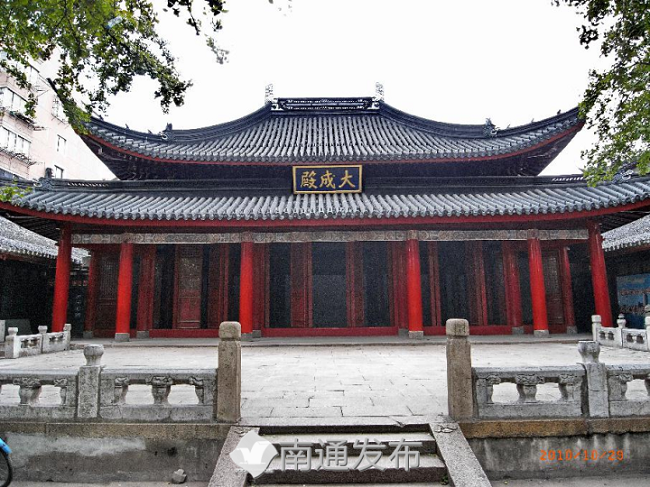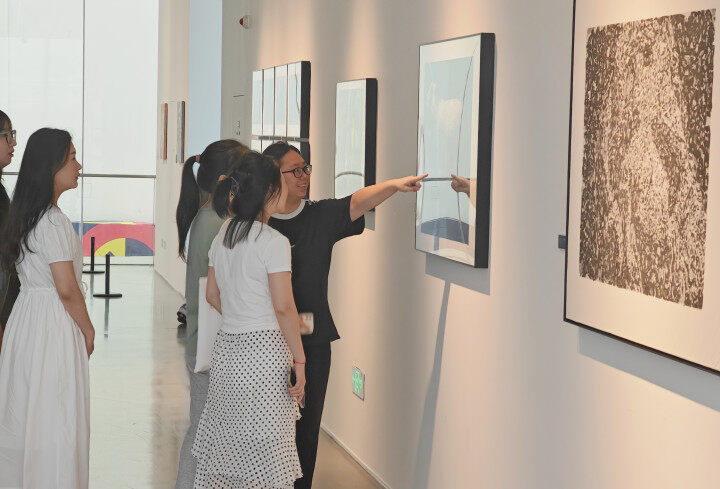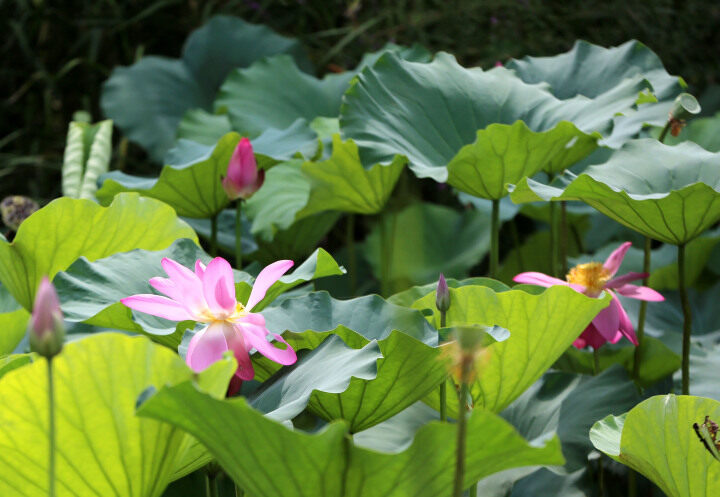Archaeological discovery verifies historical documentary records

File photo: The bridge built over Panchi at the Confucius Temple in Nantong. [Photo/Nantong Daily]
Archaeologists recently have discovered Panchi, or pond, ruins at the Confucius Temple ruins in Nantong, East China's Jiangsu province, local media reported on Oct 13.
Such a discovery proves the authenticity and accuracy of historical documentary records about the Confucius Temple in the city.
Panchi usually occurred in front of a State-run school in ancient China. The Wanli Tongzhou Annals states that the Panchi at Nantong's Confucius Temple was built in the Ming Dynasty (1368-1644), which was proved by the ruins.
To facilitate the construction of railways in Nantong, Zhenjiang Museum in Jiangsu and Jinzhou Museum in Hubei were invited to conduct an archaeological investigation around the Confucius Temple area last year.

File photo: The Dacheng Hall at the Confucius Temple in Nantong. [Photo/Nantong Daily]
In addition to Panchi, these archaeologists have also discovered two ashcans from the Song Dynasty (960-1279), as well as two brick roads and one brick gutterway from the Ming Dynasty (1368-1644).
Chinaware, ironware, and copper cash have also been unearthed during the archaeological investigation.
Currently, the brick structure remains from the Ming and Qing dynasties have been backfilled for protection.
Located in Nantong's downtown area, the Confucius Temple was established in 1022 and has undergone several renovations and reestablishments. The remaining buildings include a Dacheng Hall, which is the main shrine area of any Confucius temple, and two ancestral halls.
In 2011, the Confucius Temple was listed as a cultural relic under provincial protection.





 TRANSPORTATION
TRANSPORTATION EDUCATION
EDUCATION HEALTHCARE
HEALTHCARE USEFUL NUMBERS
USEFUL NUMBERS